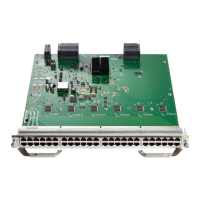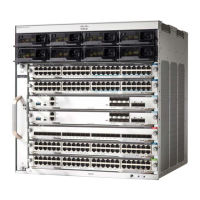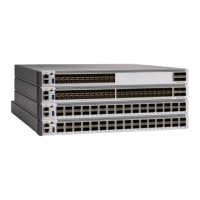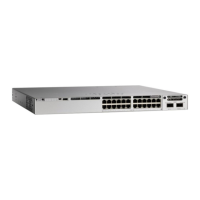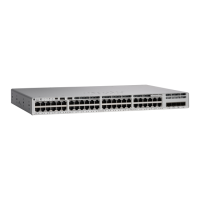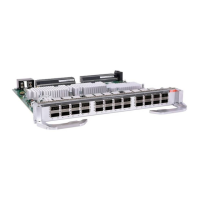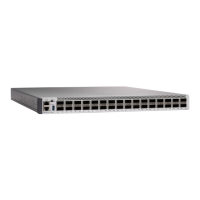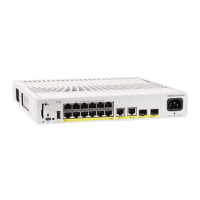the address tables on all stack members. When a device joins a switch stack, that device receives the addresses
for each VLAN learned on the other stack members. When a stack member leaves the switch stack, the
remaining stack members age out or remove all addresses learned by the former stack member.
Default MAC Address Table Settings
The following table shows the default settings for the MAC address table.
Table 2: Default Settings for the MAC Address
Default SettingFeature
300 secondsAging time
Automatically learnedDynamic addresses
None configuredStatic addresses
ARP Table Management
To communicate with a device (over Ethernet, for example), the software first must learn the 48-bit MAC
address or the local data link address of that device. The process of learning the local data link address from
an IP address is called address resolution.
The Address Resolution Protocol (ARP) associates a host IP address with the corresponding media or MAC
addresses and the VLAN ID. Using an IP address, ARP finds the associated MAC address. When a MAC
address is found, the IP-MAC address association is stored in an ARP cache for rapid retrieval. Then the IP
datagram is encapsulated in a link-layer frame and sent over the network. Encapsulation of IP datagrams and
ARP requests and replies on IEEE 802 networks other than Ethernet is specified by the Subnetwork Access
Protocol (SNAP). By default, standard Ethernet-style ARP encapsulation (represented by the arpa keyword)
is enabled on the IP interface.
ARP entries added manually to the table do not age and must be manually removed.
For CLI procedures, see the Cisco IOS Release 12.4 documentation on Cisco.com.
How to Administer the Device
Configuring the Time and Date Manually
System time remains accurate through restarts and reboot, however, you can manually configure the time and
date after the system is restarted.
We recommend that you use manual configuration only when necessary. If you have an outside source to
which the device can synchronize, you do not need to manually set the system clock.
Setting the System Clock
If you have an outside source on the network that provides time services, such as an NTP server, you do not
need to manually set the system clock.
System Management Configuration Guide, Cisco IOS XE Bengaluru 17.4.x (Catalyst 9400 Switches)
10
Administering the Device
Default MAC Address Table Settings
